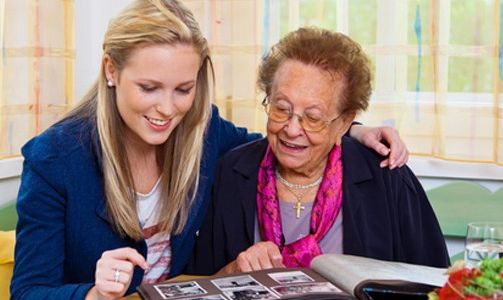 We’re not referring to retirement communities, but rather the actual towns, cities and suburbs that are facing an aging tidal wave, and are still woefully unprepared to meet the needs of the growing senior population. A large number of older adults and around half of adults under the age of 60 still believe the areas where they currently reside have few to no preparations in place for the future, according to a new survey released by the National Council on Aging (NCOA).
We’re not referring to retirement communities, but rather the actual towns, cities and suburbs that are facing an aging tidal wave, and are still woefully unprepared to meet the needs of the growing senior population. A large number of older adults and around half of adults under the age of 60 still believe the areas where they currently reside have few to no preparations in place for the future, according to a new survey released by the National Council on Aging (NCOA).
The new survey, produced by NCOA, UnitedHealthcare and USA Today, showed that seniors have maintained a positive outlook in terms of their future and the aging process in general. When it comes to their health, most express little concern about their current health status, and not surprisingly, many report not investing in activities that are important to help manage their health for the long-term.
On the financial front, most seniors surveyed expressed a comfort level with their current financial situation, but are somewhat concerned about the financial impact of living longer. More than half of respondents (53%) said they are concerned about whether their savings and income will last the rest of their lives, while 33% were not concerned.
Both retirees and those retiring in the near future intend to rely on Social Security as their main source of income, shown in the survey as 43% and 41% respectively. Nearly 19% reported difficulty in affording living expenses, based on their current income and savings.
Community support was another issue altogether. Most seniors (71%) agree their community is “responsive to the needs of seniors.” But only around 30% of people aged 60 and older don’t believe the community is prepared to meet the future needs of an aging population, and a full 45% of those 18-49 don’t believe communities will be prepared to meet those needs at all.
Friends and family remain constants: seniors also say that staying connected with family and friends is important to maintaining a high quality of life.
You can read the executive summary report from The United States of Aging Survey here.
MARKETING INSIGHT: As far back as 2005, aging population studies were showing that while many communities have some programs to address the needs of an aging population, very few have a comprehensive assessment of what it would take to make their community “elder friendly.”
That’s also reflected in the retirement living industry, where there’s currently a major gap between family expectations and changing resident needs, and an industry completely unprepared for the “next generations.”
There needs to be a better way to educate the public on planning for the future, about their living accommodations and unexpected illnesses that are sure to increase as the population ages. Likewise, smart communities and the retirement living industry will need to find ways to inform their current residents – of all ages – on what products and services are available to help them, and how to access them. Click here for a “community checklist,” courtesy of About.com.
Regards,
The Varsity Team



